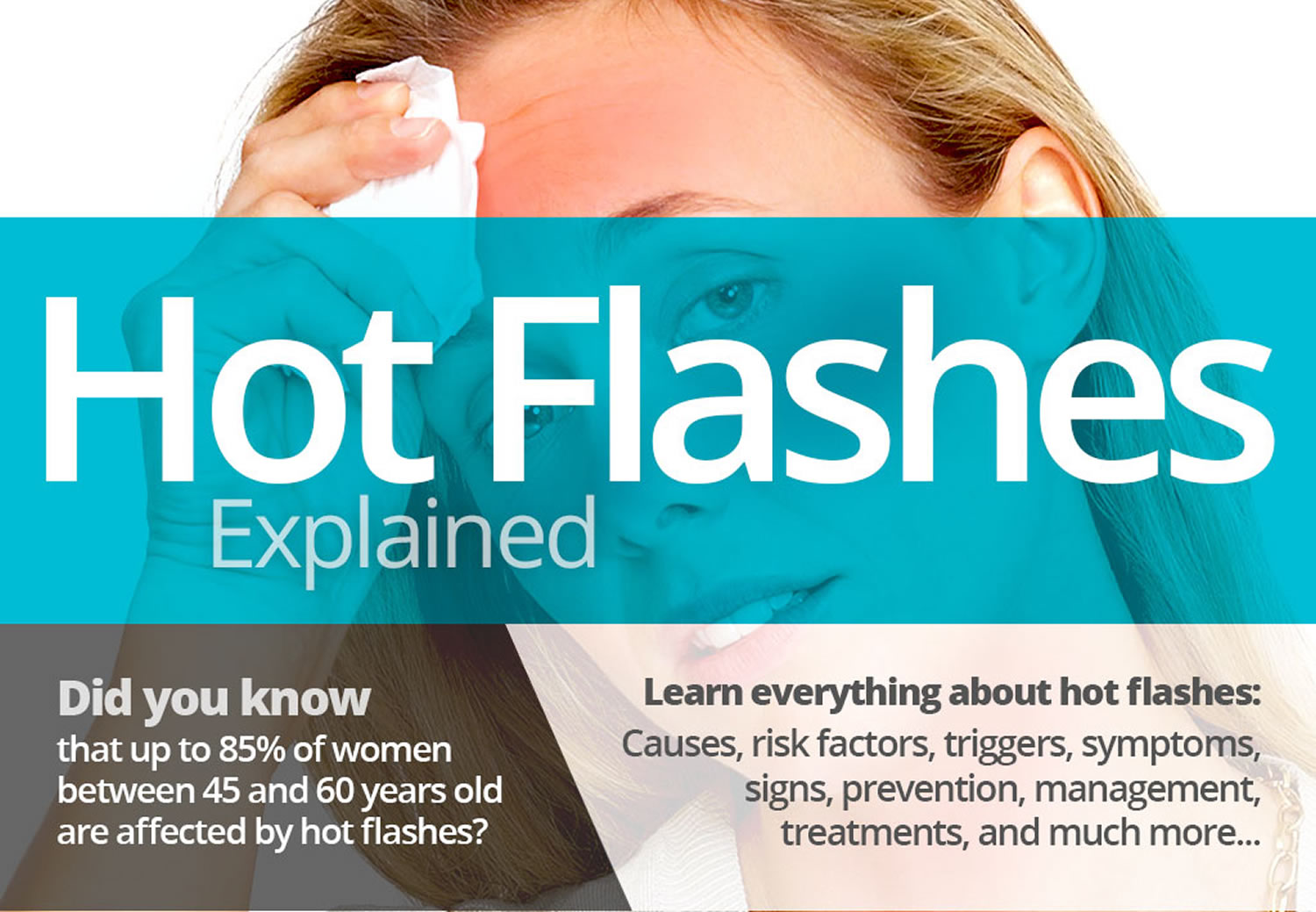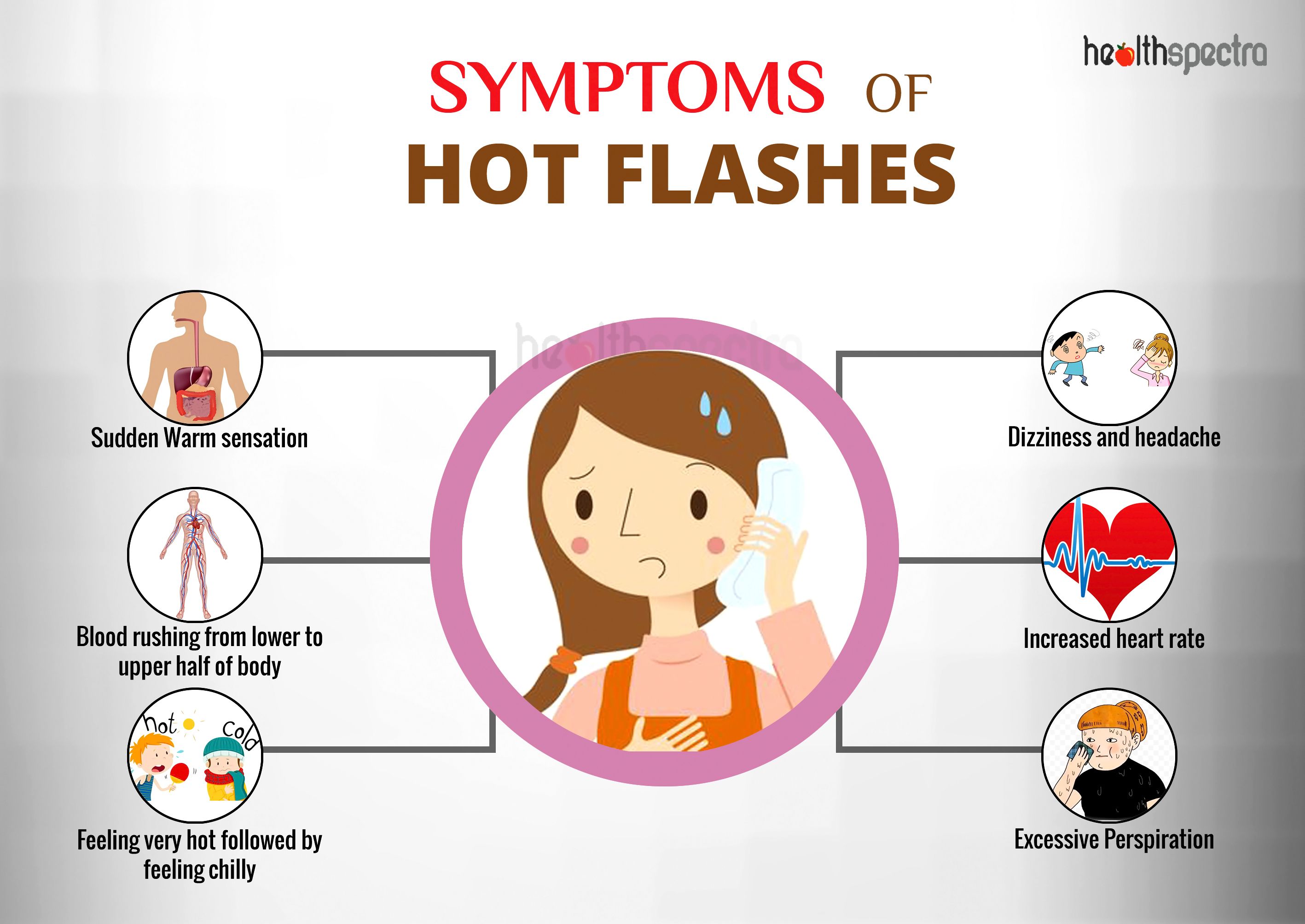Hot flashes symptoms are a common experience for many individuals, particularly during life stages such as menopause or perimenopause. These sudden and intense sensations of heat can significantly impact daily life and well-being. In this article, we delve into the causes, triggers, and management strategies for hot flashes symptoms, providing a comprehensive guide to understanding and addressing this condition.
Hot flashes symptoms manifest in various forms, including physical, emotional, and cognitive changes. They can range from mild to severe, with some individuals experiencing only occasional episodes while others endure frequent and debilitating hot flashes. Understanding the underlying mechanisms and potential triggers of hot flashes symptoms is crucial for effective management.
Hot Flashes Definition and Overview

Hot flashes, also known as vasomotor symptoms, are a common symptom experienced by many individuals, particularly during hormonal changes such as menopause. These episodes are characterized by a sudden sensation of intense heat and sweating, often accompanied by a flushed face, neck, and chest.
The term “hot flash” has been used for centuries to describe this phenomenon, with early references dating back to the 16th century.
Physiologically, hot flashes are triggered by a sudden widening of blood vessels near the skin’s surface. This increased blood flow leads to a release of heat, causing the characteristic symptoms. The exact mechanisms that cause this vasodilation are not fully understood, but it is believed to be related to hormonal fluctuations, particularly a decrease in estrogen levels.
Common Triggers of Hot Flashes
While hot flashes are commonly associated with menopause, they can also be triggered by other factors, including:
- Certain medications, such as hormone replacement therapy, antidepressants, and steroids
- Medical conditions, such as thyroid problems, diabetes, and cancer
- Lifestyle factors, such as smoking, alcohol consumption, and spicy foods
- Stress and anxiety
Symptoms of Hot Flashes
Hot flashes are a common symptom of menopause, characterized by sudden feelings of intense heat that spread over the body. These episodes can range in severity and duration, and they can be accompanied by a variety of physical, emotional, and cognitive symptoms.
The symptoms of hot flashes can be categorized as follows:
Physical Symptoms
- Sudden onset of intense heat, typically lasting for 30 seconds to 5 minutes
- Flushing or redness of the face, neck, and chest
- Sweating, particularly on the face, neck, and chest
- Chills or shivering, which may follow the hot flash
- Heart palpitations or rapid heartbeat
- Shortness of breath
- Nausea or vomiting
- Headache
- Dizziness or lightheadedness
Emotional Symptoms
- Anxiety or irritability
- Mood swings
- Difficulty concentrating
- Memory problems
- Sleep disturbances
Cognitive Symptoms
- Difficulty concentrating or remembering things
- Slowed thinking
- Confusion or disorientation
- Difficulty making decisions
Triggers and Contributing Factors

Hot flashes can be triggered by a variety of factors, both internal and external. Understanding these triggers can help individuals identify and avoid situations that may provoke episodes.
Hormonal fluctuations, particularly the decline in estrogen levels during menopause, play a significant role in triggering hot flashes. Other hormonal factors, such as thyroid imbalances or the use of certain medications, can also contribute.
Lifestyle Factors
- Smoking: Nicotine acts as a stimulant, which can increase body temperature and trigger hot flashes.
- Alcohol consumption: Alcohol can dilate blood vessels, leading to increased blood flow to the skin’s surface and a sensation of heat.
- Caffeine intake: Caffeine is a stimulant that can accelerate heart rate and metabolism, contributing to hot flashes.
- Spicy foods: Capsaicin, a compound found in chili peppers, can stimulate nerve endings and trigger a sensation of heat.
Environmental Conditions, Hot flashes symptoms
- Extreme temperatures: Hot weather or exposure to warm environments can raise body temperature and induce hot flashes.
- Stress: Emotional stress can activate the body’s “fight or flight” response, releasing hormones that can trigger hot flashes.
- Sleep disturbances: Lack of sleep or poor sleep quality can disrupt the body’s natural temperature regulation, increasing the likelihood of hot flashes.
Impact on Quality of Life: Hot Flashes Symptoms
Hot flashes can have a profound impact on a woman’s quality of life. They can disrupt daily activities, interfere with sleep, and affect mood and overall well-being.
The unpredictable nature of hot flashes can make it difficult to plan activities or participate in social events. Women may avoid certain situations or activities altogether due to fear of experiencing a hot flash.
Sleep Disturbances
Hot flashes can significantly disrupt sleep, leading to insomnia, fatigue, and daytime drowsiness. The sudden onset of heat and sweating can awaken a woman from sleep, making it difficult to fall back asleep.
Mood Changes
Hot flashes can also affect mood, causing irritability, anxiety, and depression. The hormonal fluctuations associated with menopause can contribute to these mood changes.
Psychological and Social Consequences
The physical and emotional symptoms of hot flashes can lead to psychological and social consequences. Women may experience feelings of embarrassment, shame, and isolation. They may withdraw from social activities or avoid intimate relationships due to the fear of experiencing a hot flash.
Management and Treatment Options
Managing hot flashes involves adopting a holistic approach that addresses both the physical and psychological aspects of this condition. Several strategies are available, ranging from lifestyle modifications to pharmacological interventions.
Non-Pharmacological Management
- Lifestyle Modifications:
- Maintaining a healthy weight
- Regular exercise
- Avoiding caffeine and alcohol
- Managing stress through techniques like yoga, meditation, or deep breathing
- Dressing in layers to facilitate temperature regulation
- Relaxation Techniques:
- Progressive muscle relaxation
- Guided imagery
- Biofeedback
Simple lifestyle changes can significantly reduce the frequency and severity of hot flashes. These include:
Mind-body relaxation techniques can help reduce stress and improve sleep quality, thereby mitigating hot flashes.
Pharmacological Management
- Hormone Replacement Therapy (HRT):
- Antidepressants:
- Gabapentin:
HRT involves administering estrogen or a combination of estrogen and progestin to alleviate hot flashes and other menopausal symptoms. However, it may not be suitable for all women due to potential health risks.
Certain antidepressants, such as selective serotonin reuptake inhibitors (SSRIs) and serotonin-norepinephrine reuptake inhibitors (SNRIs), have been found to reduce hot flash frequency and severity.
Gabapentin, an anticonvulsant medication, has shown promise in reducing hot flashes in some women.
Comparison of Treatment Approaches
| Treatment Approach | Effectiveness | Side Effects | Cost |
|---|---|---|---|
| Lifestyle Modifications | Variable, may be less effective for severe hot flashes | Minimal to none | Low |
| Relaxation Techniques | Can be helpful in combination with other treatments | Minimal to none | Low |
| Hormone Replacement Therapy | Highly effective in reducing hot flashes | Potential health risks (e.g., breast cancer, heart disease) | Moderate to high |
| Antidepressants | Moderate effectiveness | May include side effects such as nausea, dizziness, or sexual dysfunction | Moderate |
| Gabapentin | Moderate effectiveness | May include side effects such as dizziness, drowsiness, or confusion | Moderate |
Related Conditions and Differential Diagnosis

Hot flashes can resemble or coexist with other medical conditions. Accurate diagnosis is essential to guide appropriate treatment.
Differential Diagnosis
Conditions that may mimic or be associated with hot flashes include:
- Hyperthyroidism (overactive thyroid)
- Pheochromocytoma (adrenal tumor)
- Carcinoid syndrome (a rare tumor that releases hormones)
- Medications (e.g., niacin, certain antidepressants)
- Infections (e.g., tuberculosis, malaria)
- Anxiety disorders
The following table provides a differential diagnosis to distinguish hot flashes from other conditions:
| Characteristic | Hot Flashes | Other Conditions |
|---|---|---|
| Onset | Sudden, lasts a few minutes | Gradual, persistent |
| Frequency | Episodic, may occur several times a day | Continuous or intermittent |
| Intensity | Moderate to severe | Varies |
| Associated symptoms | Flushing, sweating, heart palpitations | May vary depending on the condition |
| Triggers | Hormonal fluctuations, certain foods, stress | Specific to the underlying condition |
Accurate diagnosis is crucial to determine the underlying cause of symptoms and ensure appropriate treatment. Consulting a healthcare professional is recommended for proper evaluation and management.
Last Word
In conclusion, hot flashes symptoms can be a challenging experience, but there are numerous strategies available to manage and alleviate their impact. From lifestyle modifications to medical interventions, individuals can explore a range of options to find the most suitable approach for their specific needs.
Seeking professional guidance from healthcare providers is essential for accurate diagnosis and personalized treatment plans. By understanding the causes, triggers, and management options for hot flashes symptoms, individuals can empower themselves to regain control over their well-being and live fulfilling lives.
Questions Often Asked
What are the most common physical symptoms of hot flashes?
Physical symptoms include sudden sensations of intense heat, sweating, and flushing of the face, neck, and chest.
Can hot flashes be triggered by certain foods or drinks?
Yes, spicy foods, caffeine, and alcohol can trigger hot flashes in some individuals.
How can I manage hot flashes symptoms at night?
Wearing loose, breathable clothing, keeping the bedroom cool, and practicing relaxation techniques before bed can help reduce nighttime hot flashes.